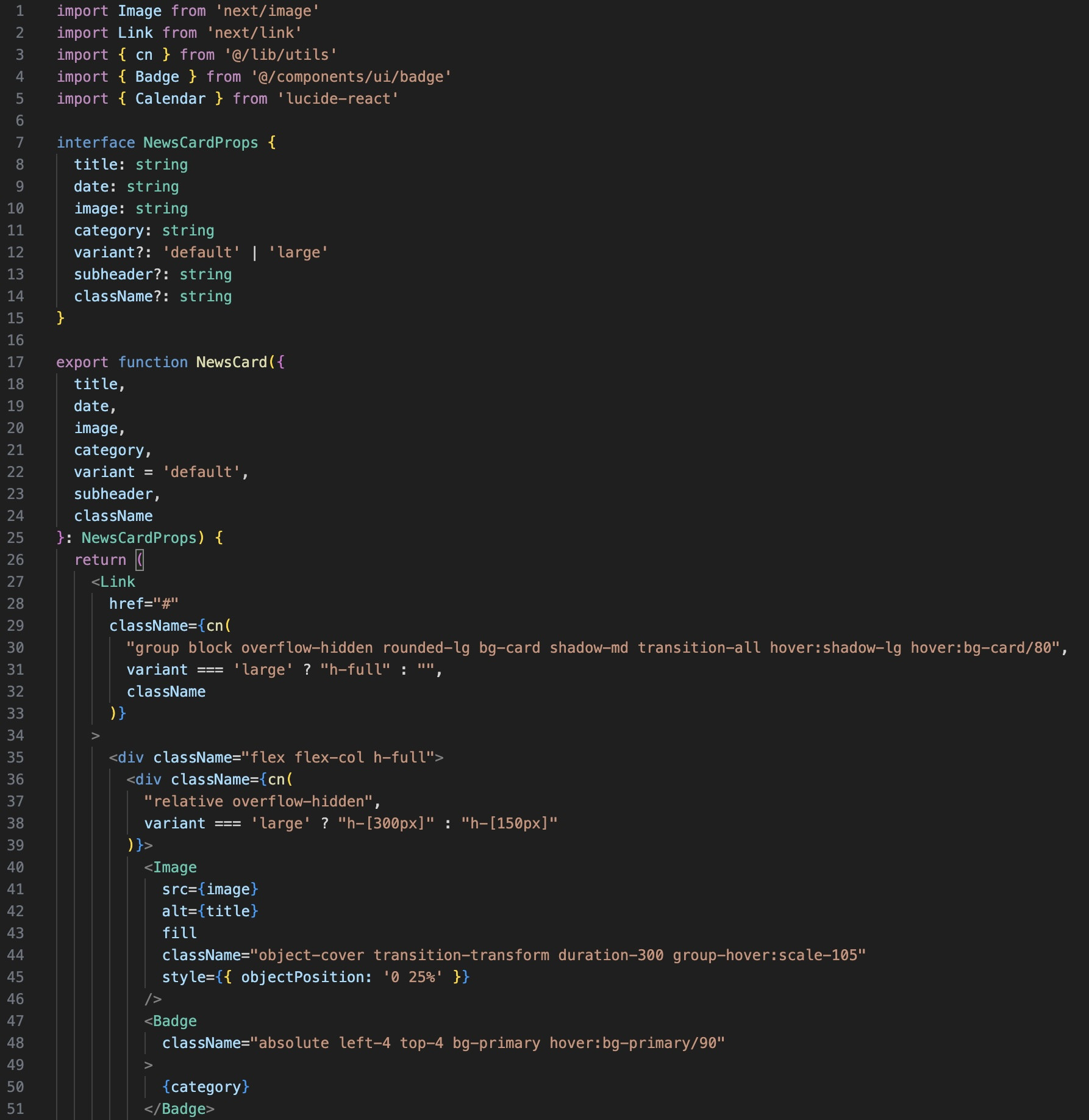Case study
AI-Assisted Development
AI-assisted development reduced a news website http://anem.org.rs/ project from 28 days to 5 days.
Discovery and Planning
The client, operating a 15-year-old news website, approached us with several key requirements:
- Implementation of a modern technology stack
- Support for multiple content categories
- Sitewide search functionality
- Comprehensive database of government and public funds
- Multilingual content support
- Contemporary design aesthetic
- Adherence to a moderate budget constraint
Initial Planning Phase
During our preliminary meeting, we established two crucial elements:
- The adoption of a content modeling flexible assembly approach to maximize content creation flexibility
- A modern technical architecture leveraging our proprietary Photon CMS (Headless) and Next.js with Tailwind CSS and shadcn/ui component library
Development Methodologies Comparison
This comparison demonstrates how AI-assisted development significantly reduced project timeline from 23-28 days to just 5 days while maintaining comprehensive development processes across design, frontend, backend, and deployment phases.
Traditional Development Approach (Total: 23-28 days)
The conventional development process would typically follow this timeline:
- Design Phase (3-4 days)
- Prototype development in Adobe XD
- Design review and iterations
- Frontend Development (5-6 days)
- HTML/CSS template creation based on approved designs
- Component development and styling
- Backend Development (2-3 days)
- Headless CMS integration
- Custom API endpoint creation
- API Documentation (0.5 days)
- Postman collection generation
- Technical documentation creation
- Frontend-Backend Integration (10-12 days)
- API integration with frontend components
- Handling layout issues with diverse CMS data
- Component refinement
- Final Phase (3 days)
- Deployment
- Debug sessions
- Testing procedures
AI-Assisted Development Approach (Total: 5 days)
Leveraging AI technologies, particularly Anthropic's Claude 3.5 Sonnet, dramatically streamlined the development process:
- Frontend Development (1 day)
Initial Setup and Component Architecture:
- Created project scaffolding using prompt-engineered commands for Next.js with TypeScript
- Generated base component structure, including layouts, navigation, and core UI elements, all using LLM
- Implemented responsive design patterns using Tailwind CSS classes and shadcn/ui component library using AI
Component Development Process:
- Utilized iterative prompting technique for generating complex components:
- Basic component structure generation
- Addition of TypeScript interfaces and proper typing
- Implementation of responsive design patterns
- Addition of interactive elements and state management

This code was generated entirely by AI. Test Data Generation:
- Created realistic test data sets using contextually aware AI prompts
- Generated varied content lengths and types to test layout stability
- Simulated different language content for multilingual testing
Component Refinement:
- Used AI for progressive enhancement of components
- Implemented error boundaries and loading states
- Added CSS animation
- Optimized code structure and performance through code splitting
- Backend Development (1 day)
API Development:
- Headless CMS integration
- Generated custom API routes using AI prompts that specify:
- Route structure and naming conventions
- Request/response type definitions
- Error handling patterns
- Created data validation schemas
Documentation Generation:
- Used AI to analyze API endpoints and generate:
- OpenAPI specifications
- Postman collections
- Markdown documentation
- Generated example requests and responses
- Integration Phase (2 days)
API Integration:
- Fed API documentation into Claude 3.5 Sonnet to generate:
- API client setup with proper typing
- Data fetching hooks
- Error handling utilities
Data Integration:
- Replaced mock data with API calls while maintaining type safety
- Implemented loading and error states
- Created fallback content for missing data
- Generated multilingual translations for static texts
Layout Optimization:
- Used AI to analyze and fix layout issues:
- Content overflow handling
- Dynamic height adjustments
- Responsive breakpoint refinements
- Cross-browser compatibility fixes
- Fed API documentation into Claude 3.5 Sonnet to generate:
- Deployment and Testing (1 day)
Automated Testing:
- Generated unit tests for components and utilities
- Created integration tests for API endpoints
- Implemented end-to-end tests for critical user flows
Deployment Process:
- Implemented CI/CD pipeline scripts
- Created environment-specific configuration files
Quality Assurance:
- Conducted performance optimization
- Implemented error tracking and monitoring
- Created user analytics integration
Key Benefits of AI-Assisted Development
- Time Efficiency
- 78% reduction in development timeline (from 23-28 days to 5 days)
- Accelerated component development and integration
- Code Quality
- Consistently high-quality code generation
- Reduced bug occurrence in production
- Standardized coding patterns
- Cost Effectiveness
- Significant reduction in development hours
- Decreased debugging and maintenance requirements
- Better resource allocation
- Development Flexibility
- Rapid prototyping and iteration
- Easy adaptation to requirement changes
- Efficient handling of complex layouts and data structures
Conclusion
The implementation of AI-assisted development methods, particularly through Anthropic's Claude 3.5 Sonnet, has demonstrated a revolutionary approach to web development. This case study shows that AI tools can dramatically reduce development time while maintaining high standards of code quality and project deliverables.
The successful delivery of this news website project serves as a compelling example of how AI can transform traditional development workflows, offering significant advantages in terms of efficiency, quality, and cost-effectiveness.
By leveraging AI-assisted development, we delivered all requested features three weeks ahead of schedule and exceeded quality expectations through comprehensive testing and monitoring, all while maintaining the project within the allocated budget constraints.
Website URL: http://anem.org.rs/

